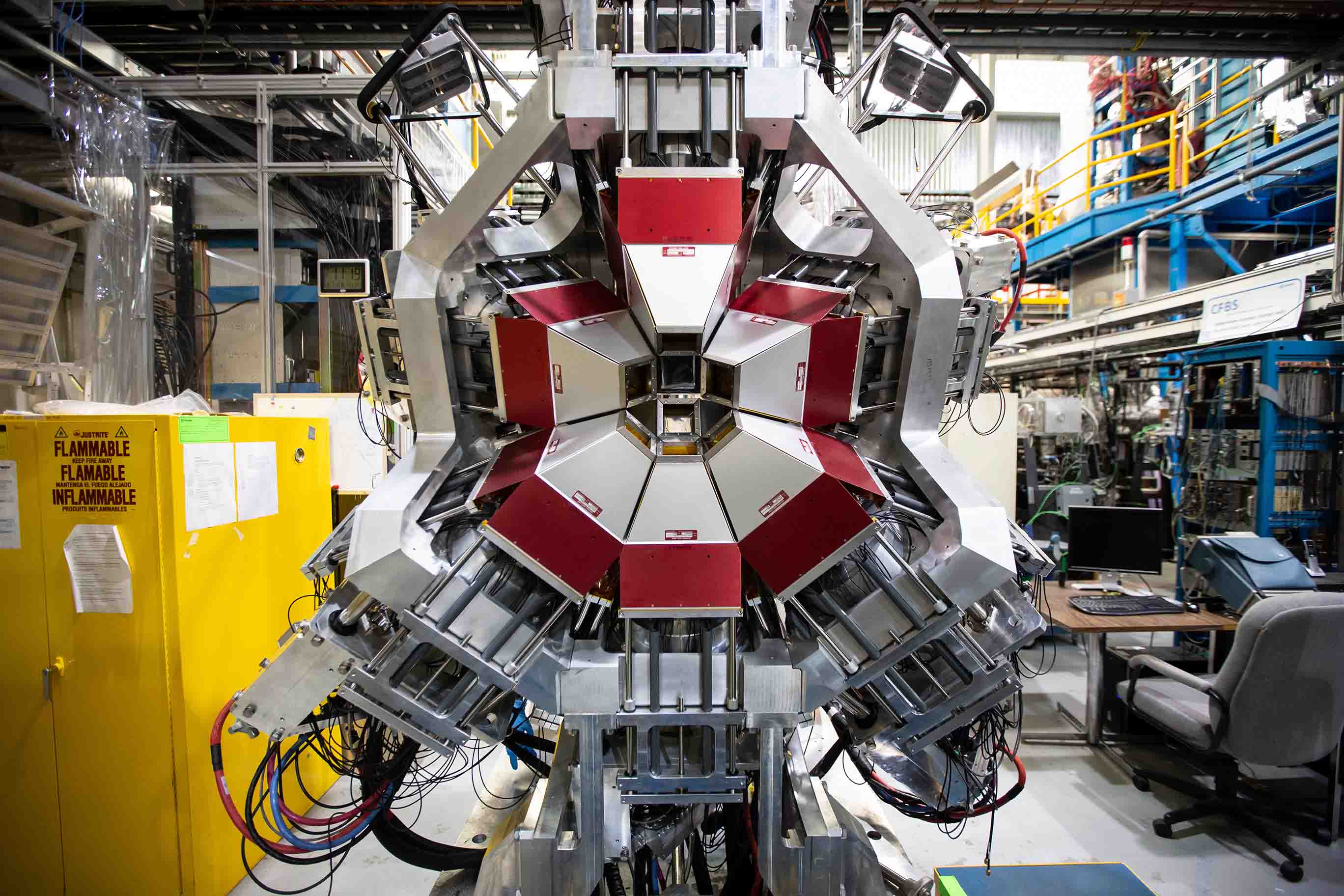CONDOR-2006-0004
Summary: |
|
||||||||||||||||||||||||
In the rare configuration that CLASSAD_SCRIPT_DIRECTORY is set in the Condor configuration, arbitrary executables can be executed with the permissions of the condor_negotiator and condor_shadow's effective uid (normally the "condor" user). This can result in a compromise of the condor configuration files, log files, and other files owned by the "condor" user. This may also aid in attacks on other accounts. |
|||||||||||||||||||||||||
| |||||||||||||||||||||||||
Access Required: |
local ordinary user with a Condor authorization |
||||||||||||||||||||||||
This vulnerability requires local access on a machine that allows running a condor_schedd, to which the user can use condor_submit to submit a job. |
|||||||||||||||||||||||||
Effort Required: |
low |
||||||||||||||||||||||||
To exploit this vulnerability requires only the submission of a Condor job with an invalid entry, and the CLASSAD_SCRIPT_DIRECTORY to be configured. Normally, CLASSAD_SCRIPT_DIRECTORY is not defined, preventing this vulnerability. |
|||||||||||||||||||||||||
Impact/Consequences: |
high |
||||||||||||||||||||||||
Usually, the condor_negotiator and condor_startd are configured to run as the "condor" user, and this vulnerability allows an attacker to execute arbitrary executables as the "condor" user. Since log files and other data files are owned by the "condor" user, they can be arbitrarily modified. Also, if the condor_negotiator is started as condor, the condor_negotiator can be attacked and the condor_negotiator is central to the operation of a Condor system. Depending on the configuration, further more serious attacks may be possible. If the configuration files of the Condor system are writable by condor and the condor_master is run with root privileges, then root access can be gained. If the condor binaries are owned by the "condor" user, these executables could be replaced, and when restarted, arbitrary code could be executed as the "condor" user. This also would allow root access as most Condor daemons are started with an effective uid of root. |
|||||||||||||||||||||||||
Full Details: |
|
||||||||||||||||||||||||
The classad mechanism allows a site to configure a directory of external
scripts using the CLASSAD_SCRIPT_DIRECTORY variable. If this is set, then
expressions containing terms of the following form Since the full path of the script to be executed is the concatenation of the value of CLASSAD_SCRIPT_DIRECTORY, a '/' and the script name (first argument to the script function), the script to execute can be outside of the CLASSAD_SCRIPT_DIRECTORY if the script name contains parent directory components. For instance, if you wanted to execute |
|||||||||||||||||||||||||
Cause: |
failure to validate input |
||||||||||||||||||||||||
The cause of this is failure to validate the name of the script to make sure opening a script outside of the CLASSAD_SCRIPT_DIRECTORY is not allowed. |
|||||||||||||||||||||||||
Proposed Fix: |
|
||||||||||||||||||||||||
Only allow the script name to be a simple filename. Do not allow a directory separator to appear in the script name, or if you do wish to allow subdirectories in the CLASSAD_SCRIPT_DIRECTORY, then the filtering could be done on parent directory entries in the path. |
|||||||||||||||||||||||||
Actual Fix: |
|
||||||||||||||||||||||||
This feature was removed from the system due to security and lack of use. It was done before the report was given to the Condor team. |
|||||||||||||||||||||||||
Acknowledgment: |
|
||||||||||||||||||||||||
This research funded in part by National Science Foundation under subcontract with San Diego Supercomputer Center. |
|||||||||||||||||||||||||
